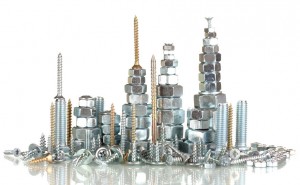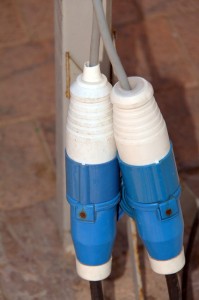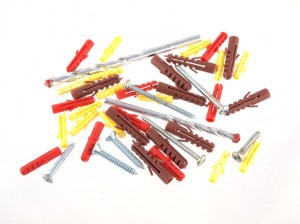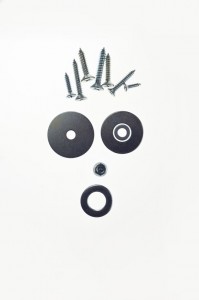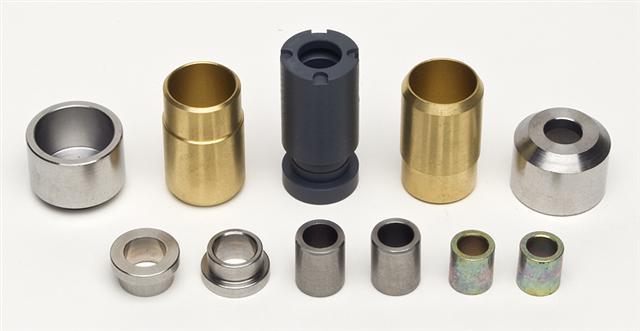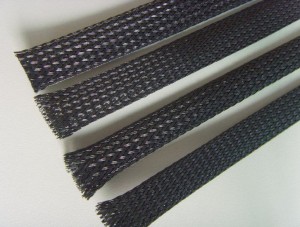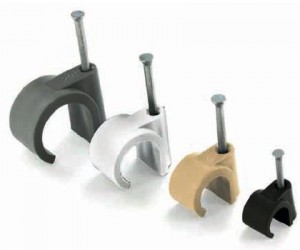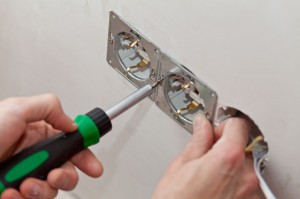 In installing cables, especially for industrial purposes, it is imperative to prepare adequately to avoid mishaps and the associated frustration. This includes the selection of the right type of cable glands for the project at hand. The last thing that you want is to have the wrong cable fitting at hand when the task is about to reach its completion, or to discover that the cable fittings that were ordered re of the wrong size or type.
In installing cables, especially for industrial purposes, it is imperative to prepare adequately to avoid mishaps and the associated frustration. This includes the selection of the right type of cable glands for the project at hand. The last thing that you want is to have the wrong cable fitting at hand when the task is about to reach its completion, or to discover that the cable fittings that were ordered re of the wrong size or type.
The best time to select the size of the cable fittings to be used should be during the planning stage. This will eliminate the hassle of determining the gland size when the project is about to be finished, which in turn can leave more room for errors.
In selecting the size for the cable fittings, there are two important things that must first be determined. First, you or your contractor/cable installer should determine the type of cable which is to be used for the project. Afterwards, it is worthwhile to factor in the cable’s size, construction and the materials used in manufacturing it.
If the project at hand requires the use of armored cables, there are a few factors that need to be determined and accounted for before buying cable fittings.
First, you need to check the cable armor’s type as well as the material used in manufacturing it. Next, check the cable’s short circuit fault current rating, the diameters of the inner bedding, and the lead covering as well as the whole cable itself (where applicable).
Next, determine whether you’ll need a cable gland with corrosion protection or protective plating. This is applicable for use in areas with specific environments. You should also check the materials used in the mating electrical enclosures. Take note that using incompatible metals can lead to adverse side effects.
Next, check the cable’s entry hole, including its type and size in relation to the electrical equipment where it will be attached. Other important things to check include the earth tags, shrouds, entry thread seal, whether accessories like lock nuts and washers are to be used, or whether adapters or reducers and stopper plugs are required.
Doing your homework well ahead of the actual installation of the cables will allow you to avoid the hassle of choosing the wrong cable gland size and facilitate the quick completion of the installation. Do make sure that when the installation is done in high risk areas, prevailing industry, local and international safety standards are adhered to in order to avoid any untoward accident.

